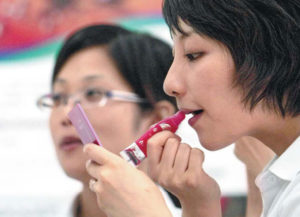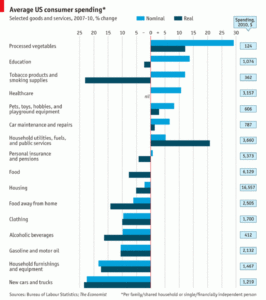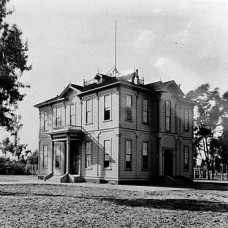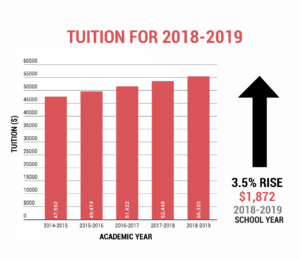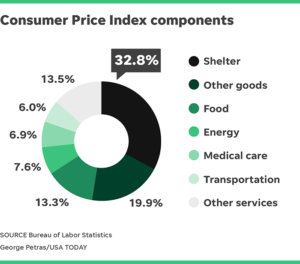(Photo credit to China Daily USA)
The online star industry is booming in China, with countless internet celebrities posing videos on the Chinese music video platforms such as Tik Tok and Kuaishou. According to the South China Morning Post, Tik Tok has 150 million daily active users in China, and its market value is more than 20 billion dollars. Kuaishou has 120 million daily active users now, and it helped the company in receiving the Tencent’s 350 million dollar investment in 2017.
Unlike other popular Chinese social media such as WeChat and Weibo, these platforms are relatively young. Tik Tok was launched in 2016, and Kuaishou was established in 2014. Tik Tok is well-known for the videos of young female bloggers who are dressed in fashionable clothing and with gorgeous makeup. Famous online cosmetics stars sometimes earn the same amount of money as some Chinese movie stars such as Fan Bingbing and Zhang Ziyi do. Kuaishou, ironically, is criticized by the China Central Television news for the videos of underage pregnant women. According to the New York Times, Yang Qingning, a 19-year-old online blogger, posted the videos of her pregnancy and baby in Kuaishou and attracted millions of followers in 2017. Behind these ridiculous mini-videos, there are a thousand strings attached.
A CCTV reporter criticizes the underage pregnant Kuaishou bloggers. (Video credit to the New York Times)
The lipstick effect is that women tend to buy more appearance-enhancing items during times of the economic recession. When the economy is depressed, people usually downsize spending on everything. Therefore, one of the explanations for the lipstick effect is to ensure women’s reproductive success. Financially insecure women are willing to attract wealthy partners by using more makeups. For example, L’Oréal, one of the world’s biggest cosmetics companies, had sales growth of 5.3 percent in the United States in 2008, when the rest of the economy suffered from the great recession. Researchers also find that women who are living in a harsh financial situation have stronger needs for immediate reproduction than those living in a financially stable environment.
During the great recession, American female workers hoped to enhance their appearance to keep their jobs or to appeal to men. With the development of the internet and social media, young Chinese females find an easy way to show their appearances or professions online. Even better, they can earn money by posing mini-videos related to sexual connotations. In China, the infrastructure construction on the countryside cannot satisfy people’s needs, although the GDP grew 6.9 percent in 2017. With the Chinese government’s strict control of its mainstream media, the majority of people living in the countryside has limited access to the outside world. Therefore, the internet is the only place they go. For instance, one anonymous man had pretended to be a China Southern Eastern flight attendant in Tik Tok for two years by posing the photos and videos that he found on the flight attendant’s other social media. He received 30,000 followers and sold his account to another online blogger. He said he could not tolerate the life of pretending an attractive, professional and young female attendant.
The lipstick effect is always related to the sexual attraction. With the assistance of the internet, online celebrities in China now are selling their images to people around the country. They can probably find their ideal partners or at least earn some money.
Sources:
Hill, S., Rodeheffer, C., Griskevicius, V., Durante, K., & White, A. (n.d.). Boosting beauty in an economic decline: mating, spending, and the lipstick effect. Journal of personality and social psychology, 103(2), 275–91. doi:10.1037/a0028657
Netchaeva, E., & Rees, M. (n.d.). Strategically Stunning: The Professional Motivations Behind the Lipstick Effect. Psychological Science, 27(8), 1157–1168. doi:10.1177/0956797616654677
https://www.nytimes.com/2018/04/06/technology/china-censor-teen-moms.html
